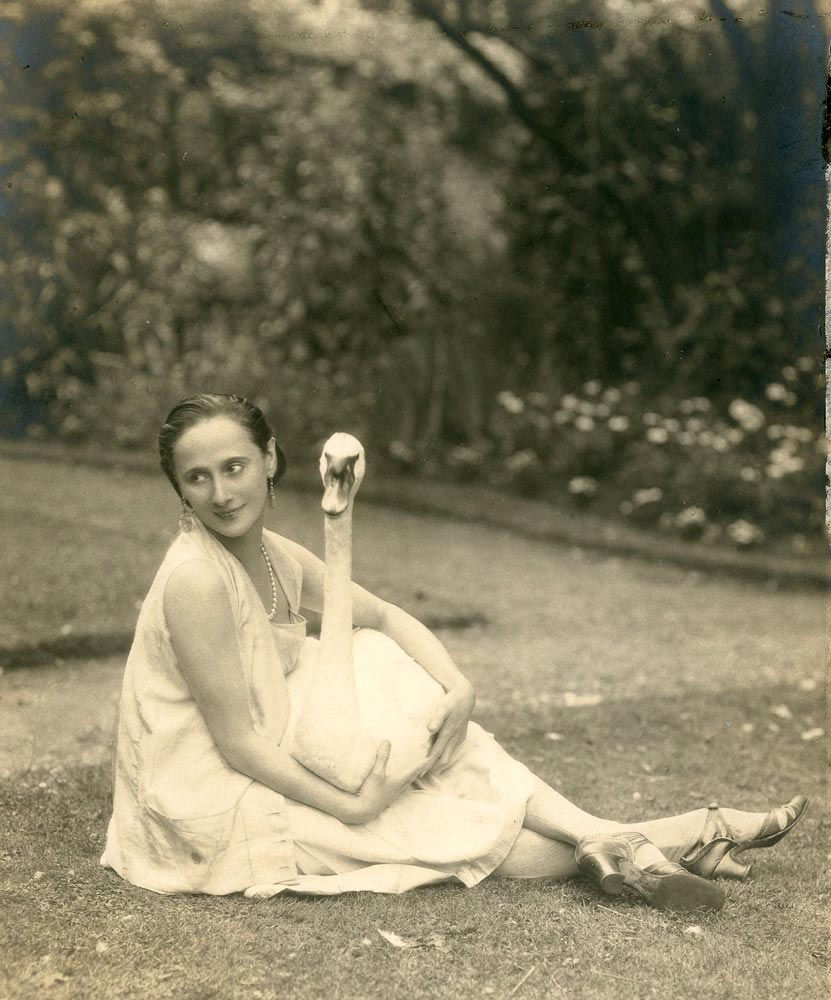Spotlight: Anna Pavlova
- Selene
- Jul 23, 2016
- 3 min read
Hi everyone!
Today, I'm introducing what I hope is going to become a regular feature - Spotlight Saturday. Every week I'll focus on a famous dancer, and we're starting off with arguably the most famous ballerina of all time - Anna Pavlova.
Anna Pavlova was born 12 February, 1881 in St. Petersburg, Russia. She discovered her love for ballet at the age of 5, when her mother took her to see a production of The Sleeping Beauty, staged by the great choreographer Marius Petipa. Pavlova auditioned for the Imperial Ballet School at the age of 9, but was refused because of her youth and sickly appearance. She came back the next year. This time, she was accepted.
Pavlova's years at the Imperial Ballet School were not easy. Her body was not built for ballet, but she worked hard and persevered. She studied under the most famous teachers of the day - Johansson, Gerdt, Legat, and Cecchetti. Her first appearance came while still at the school, in a production of Petipa's Un conte de fees (A Fairy Tale).
She graduated at the age of 18, and was accepted into the Imperial Ballet as a coryphee, a minor soloist. Her debut with the company came in 1899, in a production of Pavel Gerdt's Les Dryades pretendues (The False Dryads).
Technique, it must be admitted, was not Pavlova's gift. In her early years, she shocked critics by often dancing with bent arms and poor turnout. Her real gift was an ability to convey such emotion through her dancing that she captivated her audience.

Anna Pavlova in costume for 'The Dragonfly'
Pavlova danced roles in many ballets of the late 19th century, including La Camargo, Le Roi Candaule, Marcobomba, and The Sleeping Beauty, all but the last of which are now lost. Pavlova quickly became a favourite of the old Marius Petipa. She learned many title roles from Petipa himself, and was finally named prima ballerina in 1906. She began to carve out a niche for herself in dainty, ethereal roles, beginning with Nikya in La Bayadere in 1901. In roles of this kind, Pavlova's frailty and thin frame complemented rather than hindered her performance.

Anna Pavlova in the garden of Ivy House with her favourite swan, Jack
Problems with her feet caused Pavlova to add a piece of wood to her shoe for support, and to curve the box of the shoe. Though considered 'cheating' in this period, Pavlova's modification was the ancestor of our modern pointe shoe.
Pavlova is without doubt most famous for her portrayal of the role of 'The Dying Swan', a solo choreographed for her by Michel Fokine. She also choreographed her own solos, including 'The Dragonfly'. Though briefly associated with Sergei Diaghilev and the Ballet Russes, Pavlova refused the lead role in Fokine's The Firebird, and soon started her own company. Most of her repertoire was either Petipa's works, or her own. In 1912, Pavlova moved to Ivy House in England, where she would spend the rest of her life.

Anna Pavlova in costume for 'The Dying Swan'
Pavlova toured with her company all over the world, bringing ballet to places that had never seen it before. She toured New Zealand and Australia in the 1920s, supposedly inspiring the creation of the pavlova dessert. Towards the end of her life, Pavlova married her manager, Victor Dandre. She ran a small ballet school at her Ivy House home, and was instrumental in the creation of a charity to support Russian orphans after World War I. She was a great lover of animals, including, aptly, of swans; she kept several in her garden.
Whilst on tour, Pavlova fell ill with pneumonia, and was told she had to have surgery; but if she went ahead with it, she would never dance again. Pavlova responded, 'If I can't dance then I'd rather be dead'. She died on 23 January, 1931. Her last words were, 'Get my 'swan' costume ready.'
Pavlova's fans were devastated. In the theatre in which she was supposed to have performed the next day, the show went on as normal, but the spotlight shone on an empty stage. Tributes poured in from all over the world, praising Pavlova's 'feather-weight lightness' and ethereal quality, which seemed 'to defy the law of gravity' (The Observer). Though not technically perfect, Pavlova's magical quality lay in her artistry, which reminds us that feeling is equally as important as technique.

Anna Pavlova's Urn
Thank you for reading! Next week the Spotlight will be on Margot Fonteyn.
(None of the photographs above belong to me)
































Comments